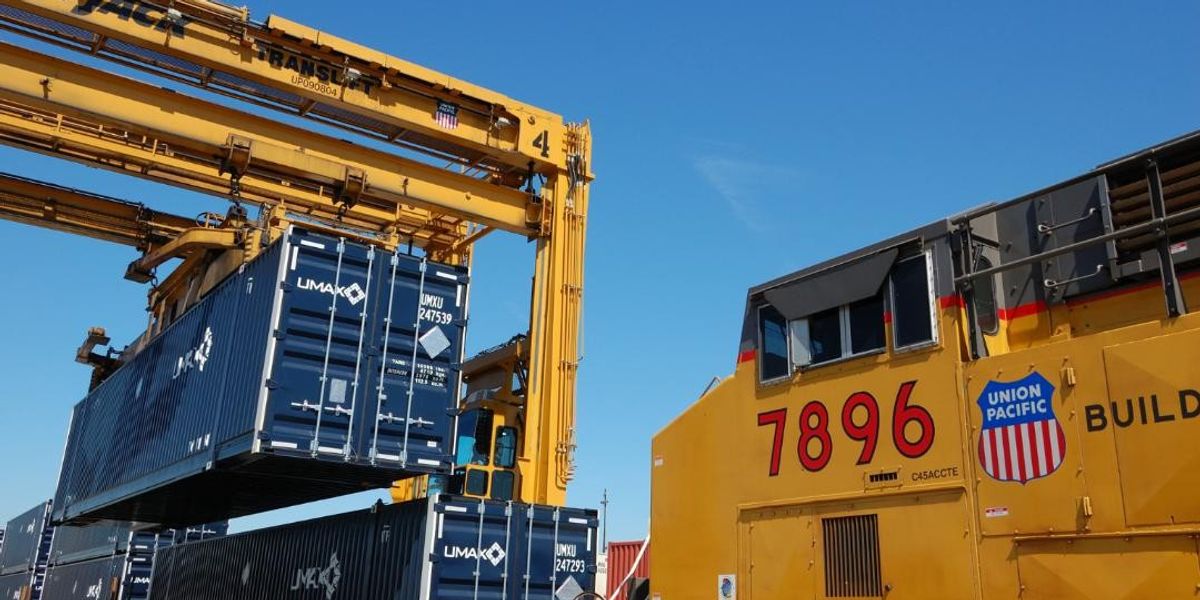Between that mass migration and the storm’s effect on buildings and infrastructure, supply chain impacts could hit the energy logistics and agriculture sectors particularly hard, according to a report from Everstream Analytics.
The Tampa Bay metro area is the most vulnerable area, with the potential for storm surge to halt port operations, roads, rails, air travel, and business operations – possibly for an extended period of time. In contrast to those “severe to potentially catastrophic” effects, key supply chain hubs outside of the core zone of impact—including the Miami metro area along with Jacksonville, FL and Savannah, GA—could also be impacted but to a more moderate level, such as slowdowns in port operations and air cargo, Everstream Analytics’ Chief Meteorologist Jon Davis said in a report.
Although it was recently downgraded from a Category 5 to Category 4 storm, Milton is anticipated to have major disruptions for transportation, in large part because it will strike an “already fragile supply chain environment” that is still reeling from the fury of Hurricane Helene less than two weeks ago and the ILA port strike that ended just five days ago and crippled ports along the East and Gulf Coasts, a report from Project44 said.
The storm will also affect supply chain operations at sea, since approximately 74 container vessels are located near the storm and may experience delays as they await safe entry into major ports. Vessels already at the ports may face delays departing as they wait for storm conditions to clear, Project44 said.
On land, Florida will likely also face impacts in the Last Mile delivery industry as roads become difficult to navigate and workers evacuate for safety.
Likewise, freight rail networks are also shifting engines, cars, and shipments out of the path of the storm as the industry continues “adapting to a world shaped by climate change,” the Association of American Railroads (AAR) said. Before floods arrive, railroads may relocate locomotives, elevate track infrastructure, and remove sensitive electronic equipment such as sensors, signals and switches. However, forceful water can move a bridge from its support beams or destabilize it by unearthing the supporting soil, so in certain conditions, railroads may park rail cars full of heavy materials — like rocks and ballast — on a bridge before a flood to weigh it down, AAR said.


